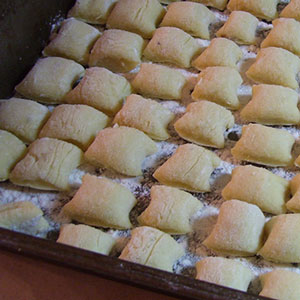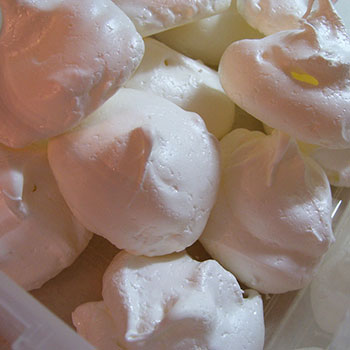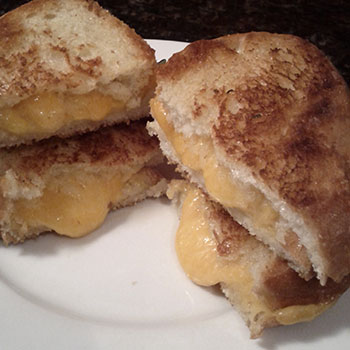Rice Bowl
Ingredients
March 24, 2013
A rice bowl, or donburi, is a bowl of rice topped with meat, vegetables, or anything else you wish. While it is common in North America to mix other ingredients into rice, either while cooking or afterward, in Japan it is not common to mix anything into rice other than simple seasonings like salt and sugar, and sometimes oil. Instead, rice may be topped with something tasty, but never mixed in until you start eating.
I visited Japan in 2008 and ate my share of donburi. One of my favourites was donburi topped with egg and furikake (a Japanese condiment, super tasty!). Another favourite was raw tuna topping, but I don't trust any of the tuna I find here to eat it raw, so I only eat it at sushi restaurants, not at home.
You may never have heard of furikake before, but it's not too hard to find at an Asian grocery store. In Calgary, T&T has furikake, and that is where I get mine. My favourite type of furikake is made with katsuobushi, also commonly called bonito (because it is made from bonito fish, or skipjack tuna). It is smoked and cured fish shavings, and has an excellent smoky flavour. But there are all sorts of furikake. Most have seaweed and sesame seeds, and many have katsuobushi. You've got to try it on rice, it's great!
The trick to great rice at home without a rice cooker is to not stir at all. Stirring makes the rice release its starch into the water, making it mushy. Not stirring ensures the rice stays plump and each grain is individual, even when the rice is a sticky variety like medium- or short-grain. Don't worry, it won't burn, because you turn the heat down very low after it has boiled.

- Gently warm the oil or butter in a pot several times large enough to hold all the rice and water. The pot must have a tightly-fitting lid. Add the raw rice and salt, and stir to coat, frying gently for about 3 minutes. If any rice grains begin to turn brown, move immediately to the next step.
- Add the water all at once, and scrape down the sides of the pot to get all of the rice into the water. You may add a piece of kombu if you wish. Stir no more than 5 seconds, then put the lid on the pot and turn the heat up high.
- Wait several minutes, until the rice is boiling, then turn the heat to lowest or off. Do not open the lid at all for at least 5-10 minutes, to allow the rice to steam well. Do not stir or you will cause the rice to release its starch and it will get mushy.
- After 5-10 minutes, or up to half an hour (with the heat off), you may check the doneness of the rice by sticking a spoon or spatula straight down into the rice, and pushing a bit of rice aside. If the bottom of the pot is dry, the rice is done, but you may want to wait a few more minutes with the heat off, because the texture of the rice will improve a bit as it sits and cools slightly, up to half an hour.
- When your rice is ready, scoop yourself a bowl! Make a well in the top of the rice and crack an egg into it. Cover the egg partially in hot rice and let it sit for 5 minutes, then cover the bowl with a plate, and wait until the egg white is cooked. Or, microwave briefly until the white is cooked and the yolk is runny.
- Add other toppings like furikake, meats, and vegetables.





